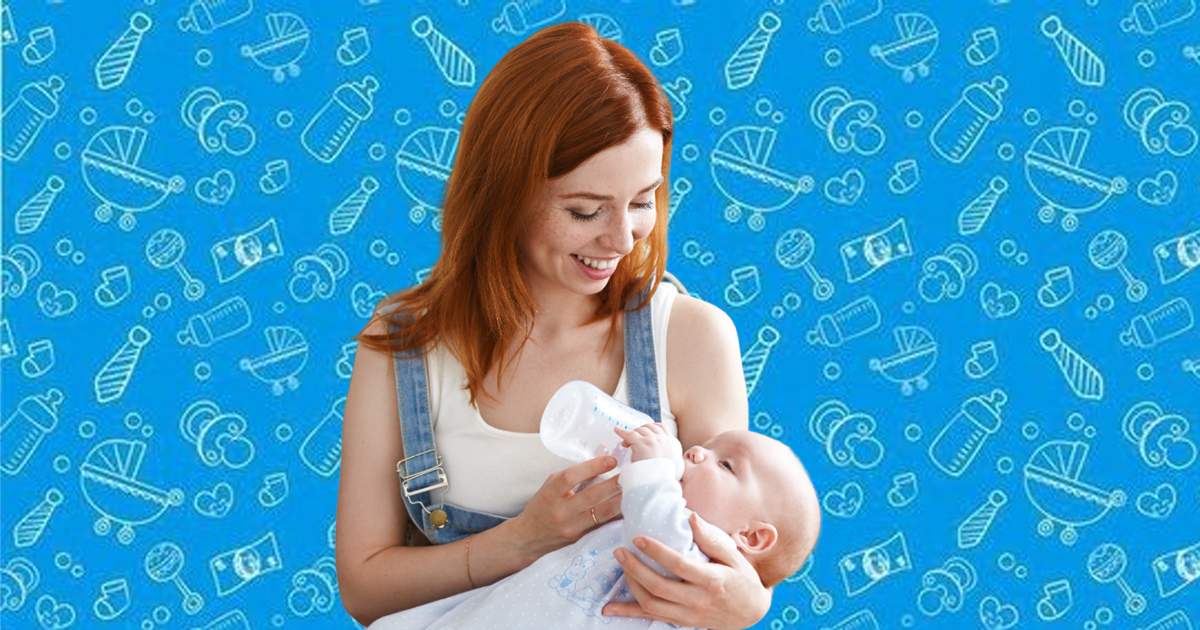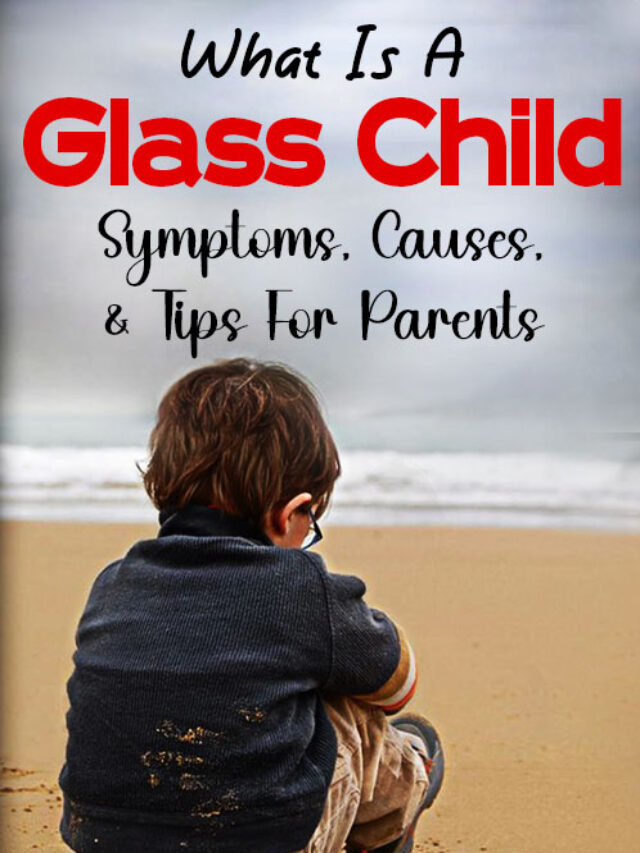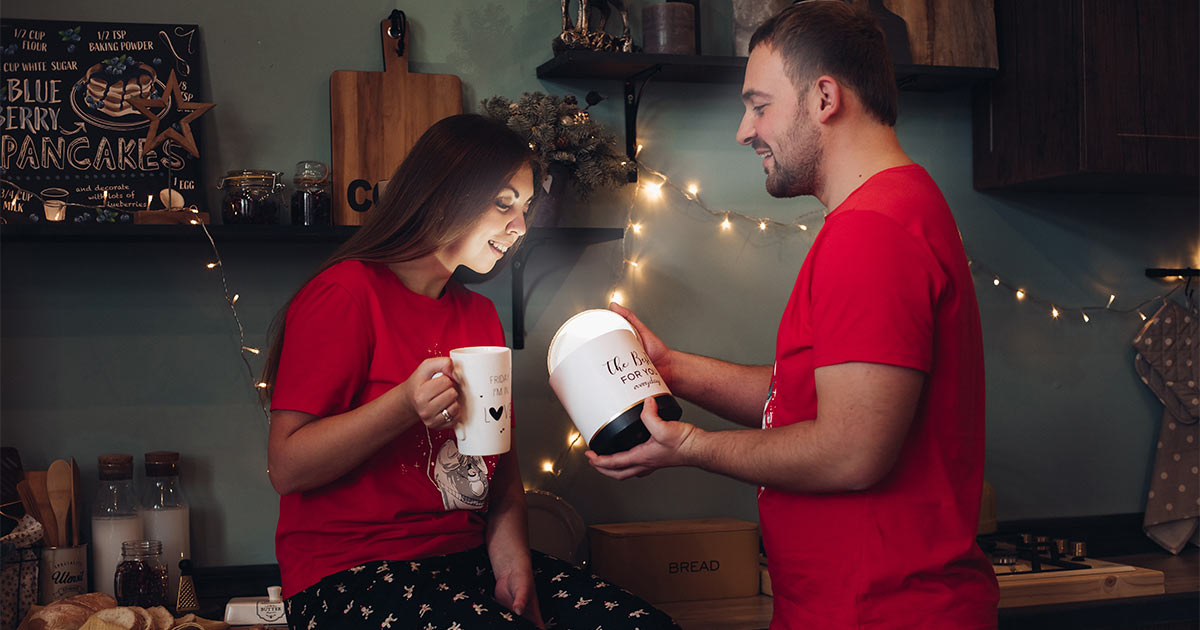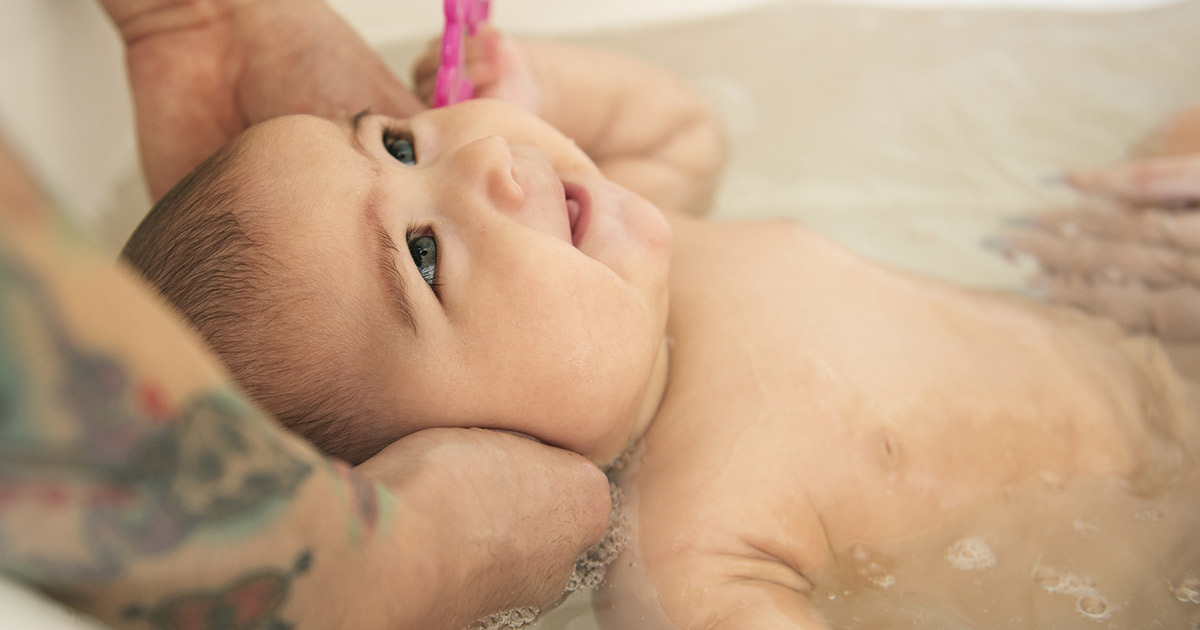Hey new parents, I totally get it—breastfeeding isn’t always a walk in the park, and that’s perfectly okay. Taking care of a baby can be a difficult journey, and one piece of it is knowing how do you bottle feed a newborn.
Mother across the United States face varying levels of difficulties in breastfeeding their newborn and that’s bottle feeding can be a masssive boon for you and your child!
Bottle feeding involves the use of a bottle, usually filled with formula milk or expressed breast milk, and is equipped with a nipple or teat. This method offers a flexible and accessible way to feed your baby, especially when breastfeeding poses difficulties.
So, let’s dive in together to learn all about bottle feeding. We’ll show you how to pick the right stuff and understand what your baby is telling you. This adventure will make feeding time a happy and bonding experience for both you and your baby.
How Do You Bottle Feed A Newborn
Bottle feeding ensures that your newborn receives the essential nutrients necessary for healthy growth and development.

Whether opting for formula or expressed breast milk, it offers a reliable means to provide a balanced diet that caters to your baby’s nutritional needs.
The following items are required before you can start bottle feeding your child:
- Baby Formula
- Bottles and Nipples
- Feeding Schedule
Bottle feeding a newborn involves several steps. The very first step when you are trying to bottle feed your newborn is to be aware of the nutritional requirements of your child.
This is mainly because due to different baby formulas having different nutrients. Hence, for the first step, you should first consider choosing the right formula!
Step 1: Choosing The Right Baby Formula
Selecting the appropriate baby formula is a crucial first step in learning how do you bottle feed a newborn. Begin by consulting with your pediatrician before making any formula decisions.

They can provide valuable insights into your baby’s specific nutritional needs and recommend formulas that align with those requirements.
Choose between cow’s milk-based, soy-based, or specialized formulas based on your pediatrician’s recommendations.
Cow’s milk-based formulas closely mimic the composition of breast milk, while soy-based formulas may be suitable for babies with lactose sensitivity.
Read More: Choosing The Right Infant Formula For Your Baby
Step 2: Sterilization Of Bottles And Nipples
Ensuring your baby’s bottles are clean is crucial for their health. Before each feeding, disassemble all bottle components – the nipple, ring, and cap. Wash each part with mild soap and warm water.

Use a special brush for a thorough cleaning. To ensure extra cleanliness, boil all parts in water for about 5 minutes or use a dedicated baby item cleaning machine. Let the parts cool before assembling them.
Regularly check bottles and nipples for cracks or signs of wear. If you notice any, replace them.
Read More: What Is Sleep Training: 5 Expert Tips To Help Regulate Your Child’s Sleep Pattern
Step 3: Proper Infant Bottle Feeding Positions
Learning the ways of holding a bottle is crucial part of learning how do you bottle feed a newborn.

Selecting the right position for bottle-feeding is vital for your baby’s comfort and digestion. Opt for the classic cradle hold, providing closeness and eye contact.
Try a semi-upright position to reduce the risk of ear infections. For a relaxed bedtime feeding, experiment with the side-lying position for older infants.
The lap hold encourages interaction, while as your baby grows, support them in self-holding the bottle.
Read More: Positive Parenting Tips For Toddlers – 10 Parenting Insights You Can’t Miss
Step 4: Make Your Baby Burp
Ensuring your baby burps during and after feeding is crucial for their comfort.
Pause the feeding regularly, especially after every 2-3 ounces or if your baby shows signs of needing a break. Hold your baby against your shoulder or sit them upright on your lap.
Gently pat their back, providing firm but gentle strokes to help release any swallowed air.
Read More: How To Soothe A Crying Baby?
Step 5: Check For Hunger
After completing the feeding session, it’s crucial to observe your baby’s signals to understand if they are still hungry.
Carefully watch your baby’s behavior. If they continue to show interest in the bottle, suck eagerly, or display signs of hunger, it suggests they may not be entirely satisfied.
On the other hand, look for indications that your baby might be full. These signs could include turning their head away, slowing down their sucking, or appearing disinterested.
As you become more familiar with your baby’s feeding patterns, it is important for you align your feeding with your child’s hunger periods.
Read More: How To Raise A Child? 5 Step Guide For Raising Happy Kids
If you are still having trouble bottle feeding your kid, you can take a look at the below newborn bottle feeding tips for a better experience while comforting your child!
Newborn Bottle Feeding Tips
The following are some of the newborn bottle feeding tips that you can use along with the steps given above:
1. Fix a schedule
When introducing bottle feeding, pick a time when your baby is calm and not too hungry or full.
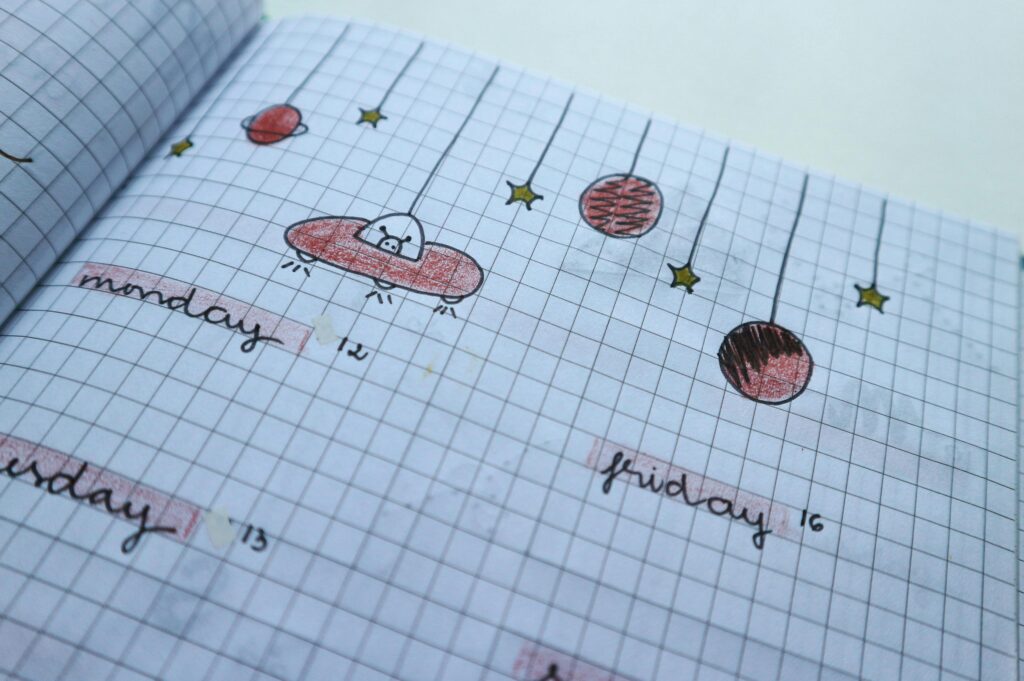
Begin with small amounts of breast milk or formula, adjusting based on your baby’s hunger cues.
Avoid putting cereal or solid foods in the bottle, as it doesn’t promote longer sleep and can pose a choking risk.
2. Remember the Infant Bottle Feeding Positions
Position the bottle at an angle, allowing milk to flow only when your baby sucks. Let your baby take breaks during feeding, responding to hunger or fullness cues. Observe for signs of fullness and stop feeding even if the bottle isn’t empty.
3. Choose the best
Offer only breast milk or infant formula. Hold your baby close for a connection. Avoid propping the bottle to prevent choking, ear infections, and tooth decay. Never put your baby to bed with a bottle to prevent tooth decay. Respect your baby’s cues, avoiding force-feeding.
4. Pacing Feed
Babies feed with short pauses. Use the ‘pacing’ technique by partially moving the bottle teat out and letting them draw it in again. Mimicking breastfeeding helps control intake.
5. Milk Temperature
Learning how to check milk temperature is absolutely important for understanding how do you bottle feed a newborn.
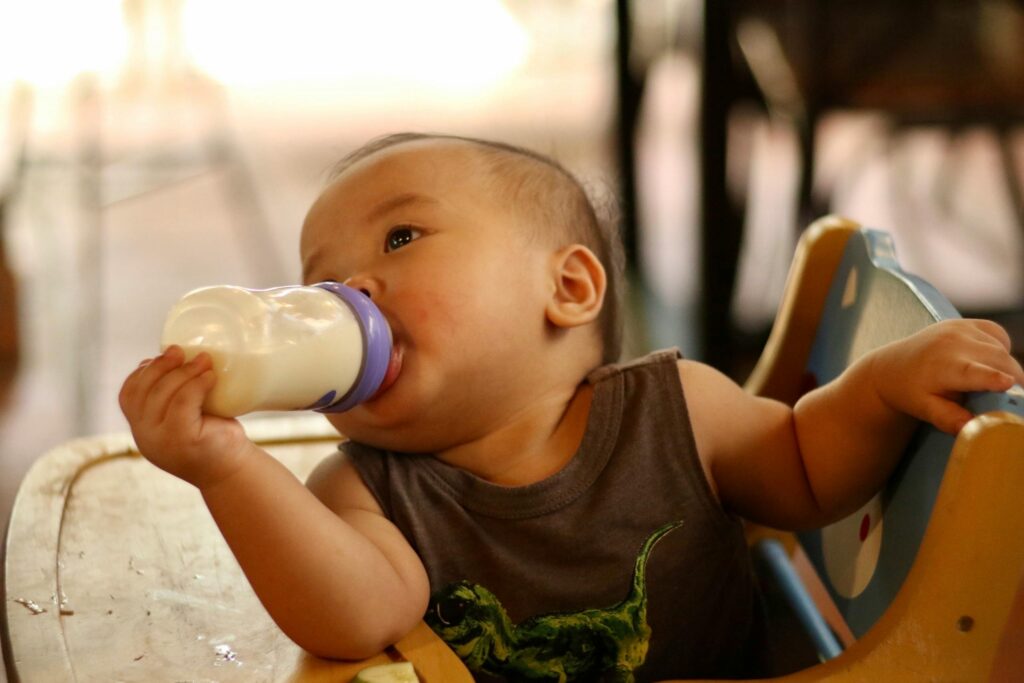
Check milk temperature on your wrist. Some babies prefer cool, others warm. Ensure it’s not too hot to avoid scalding.
6. Supervision
Never leave your baby alone with a propped-up bottle. Discard unused formula or breast milk after feeding.
7. Late-Night Feedings
Child rearing is a team effort. Its is important for your partner to learn how do you bottle feed a newborn as well. Encourage your partner to feed the baby for bonding. It fosters a connection and provides extra rest.
8. Avoid Falling Asleep with a Bottle:
Prevent tooth decay by not letting your baby fall asleep with a milk-filled bottle. Wipe milk residue from gums and offer a pacifier instead.
Following these tips ensures a safe, comfortable, and bonding bottle-feeding experience for both you and your baby.
Stressors such as work pressure and staying away from family may require you to start adopting this approach!
Read More: Positive Parenting Tips For Toddlers – 10 Parenting Insights You Can’t Miss
So lets have a closer look on how you can achieve this!
How To Feed Breast Milk In Bottle
If you know you’ll be away from your baby, try giving them a little bit of your breast milk in a bottle when they’re around 3 to 4 weeks old.

This way, your partner, a friend, or a family member can help them get used to the bottle. It’s handy if you’re planning to go back to work or school later on.
You can follow the below tips to get an understanding on how to feed breast milk in a bottle:
1. Expressing Breast Milk
Start by expressing breast milk using a breast pump. Choose a pump that suits your needs and follow the manufacturer’s instructions. Ensure cleanliness by washing your hands and using sterilized pumping equipment.
2. Storing Breast Milk
Store expressed breast milk in clean, BPA-free bottles or breast milk storage bags. Label each container with the date to maintain proper rotation. Refrigerate or freeze the milk based on your intended use.
3. Warming Breast Milk
Before feeding, warm the refrigerated or frozen breast milk to a comfortable temperature. Avoid using a microwave, as it can create hot spots. Instead, place the bottle in warm water or use a bottle warmer. Gently swirl the milk to distribute any heat evenly.
4. Choosing the Right Nipple
Select a bottle nipple that mimics the flow and feel of the breast. Nipples come in various shapes and flow rates, so experiment to find the one your baby prefers. Make sure the nipple hole size is suitable for your baby’s age.
5. Introducing the Bottle
Begin introducing the bottle when your baby is calm but slightly hungry. Hold the bottle in a way that allows the milk to flow steadily, ensuring your baby can latch onto the nipple comfortably.
Be patient and allow your baby time to adjust to the new feeding method. Making your baby comfortable is the core of learning how do you bottle feed a newborn.
Read More: What Is Child Development? Understanding the 5 Crucial Stages of Child Development
6. Responsive Feeding
Watch for your baby’s cues during the feeding process. Allow breaks if needed, and observe signs of fullness. Responsive feeding helps establish a positive association with bottle feeding.
7. Gradual Transition
If you’re transitioning from breastfeeding to bottle feeding, consider having someone other than the breastfeeding parent introduce the bottle initially.
This may ease the adjustment for the baby, while at the same time giving you time to learn the methods on how to feed breast milk in a bottle.
8. Consistency
Maintain a consistent feeding routine to help your baby adapt to bottle feeding. Offering the bottle at similar times each day can create a sense of predictability for your little one.
Learning how to feed breast milk in bottle is a practical solution for parents planning to be away from their babies, especially if you are planning to go back to work or to go back to school!
Read More: What Are Parenting Styles? Explore Different Types Of Parenting Styles And It’s Impact On Children
A Word From Mind Family
Understanding how do you bottle feed a newborn is an important part of being a parent. Bottle feeding, whether with formula or your own milk, is a good way to make sure your baby gets the right nutrients to grow well.
Being a parent is about learning and adjusting. Trust your instincts, enjoy those precious moments during feedings, and celebrate the joy of taking care of your little one.
Happy parenting!
Frequently Asked Questions (FAQs)
1. How do you bottle feed a newborn?
Bottle feeding a newborn involves choosing the right formula, sterilizing bottles regularly, and finding comfortable positions like the classic cradle hold or a semi-upright stance. Ensure your baby burps during and after feeding, and watch for cues to gauge their hunger.
2. What are the infant bottle feeding positions?
Infant bottle feeding positions include the classic cradle hold, a semi-upright posture to reduce ear infection risks, and a side-lying position for bedtime comfort. As your baby grows, encourage self-holding of the bottle.
3. What are some newborn bottle feeding tips?
Fix a feeding schedule, choose appropriate positions, offer breast milk or formula, pace the feed with short breaks, check milk temperature, and never leave a propped-up bottle alone with your baby. These tips aim for a safe, comfortable, and bonding experience.
4. How to feed breast milk in bottle?
Express breast milk using a pump, store it in clean bottles, warm it gently, choose a nipple mimicking the breast, and introduce the bottle when your baby is calm but slightly hungry. Practice responsive feeding and maintain a consistent routine during this transition.
